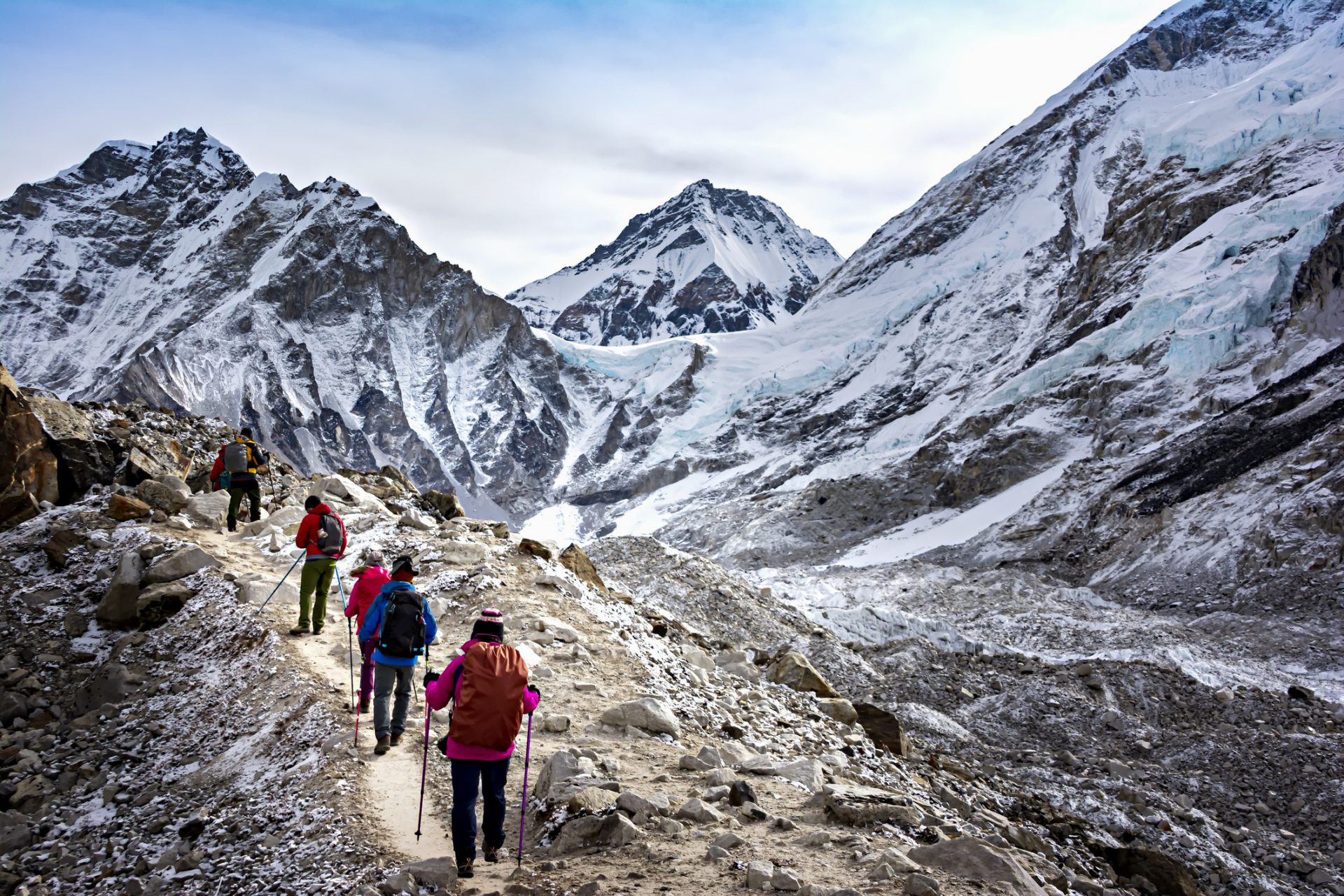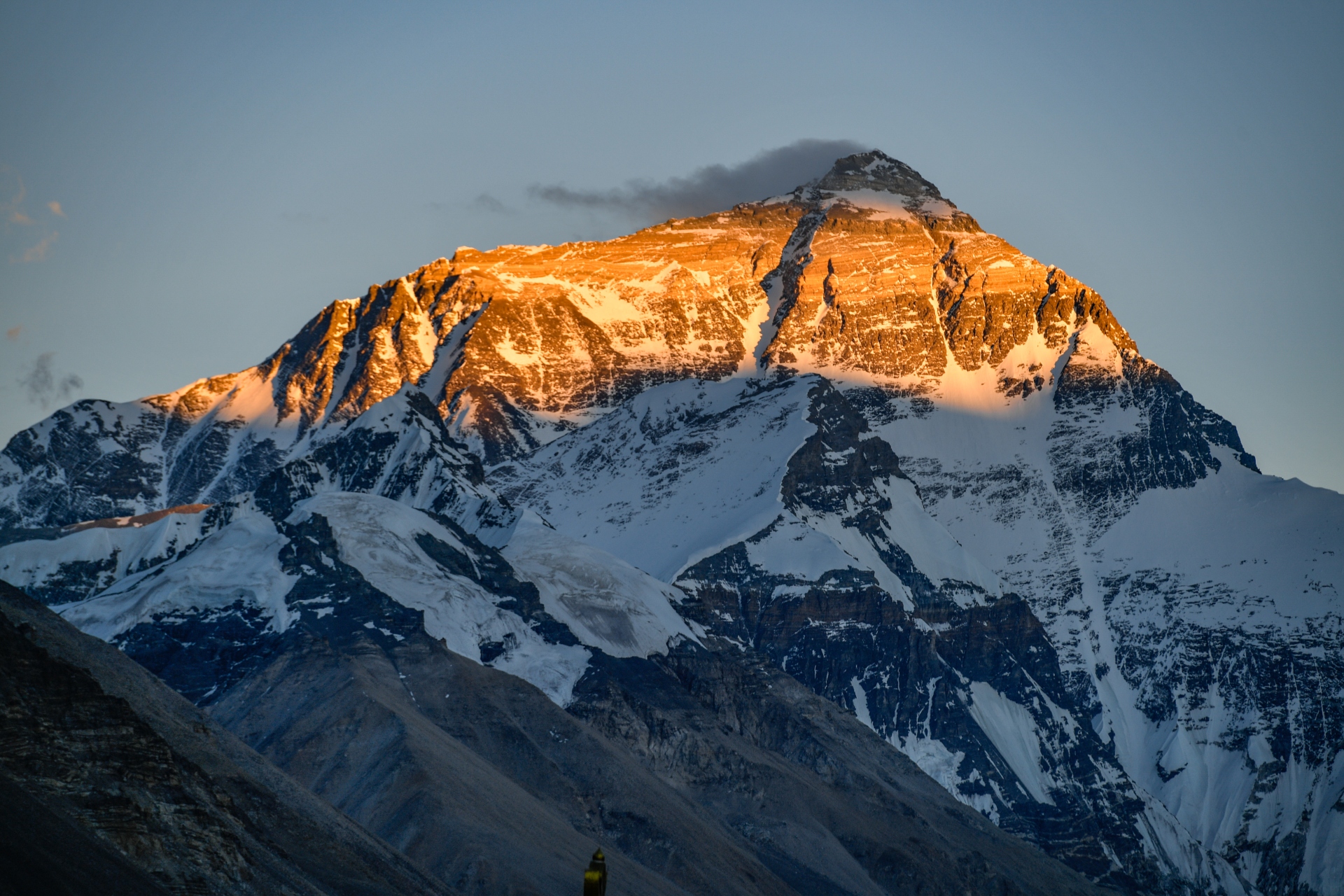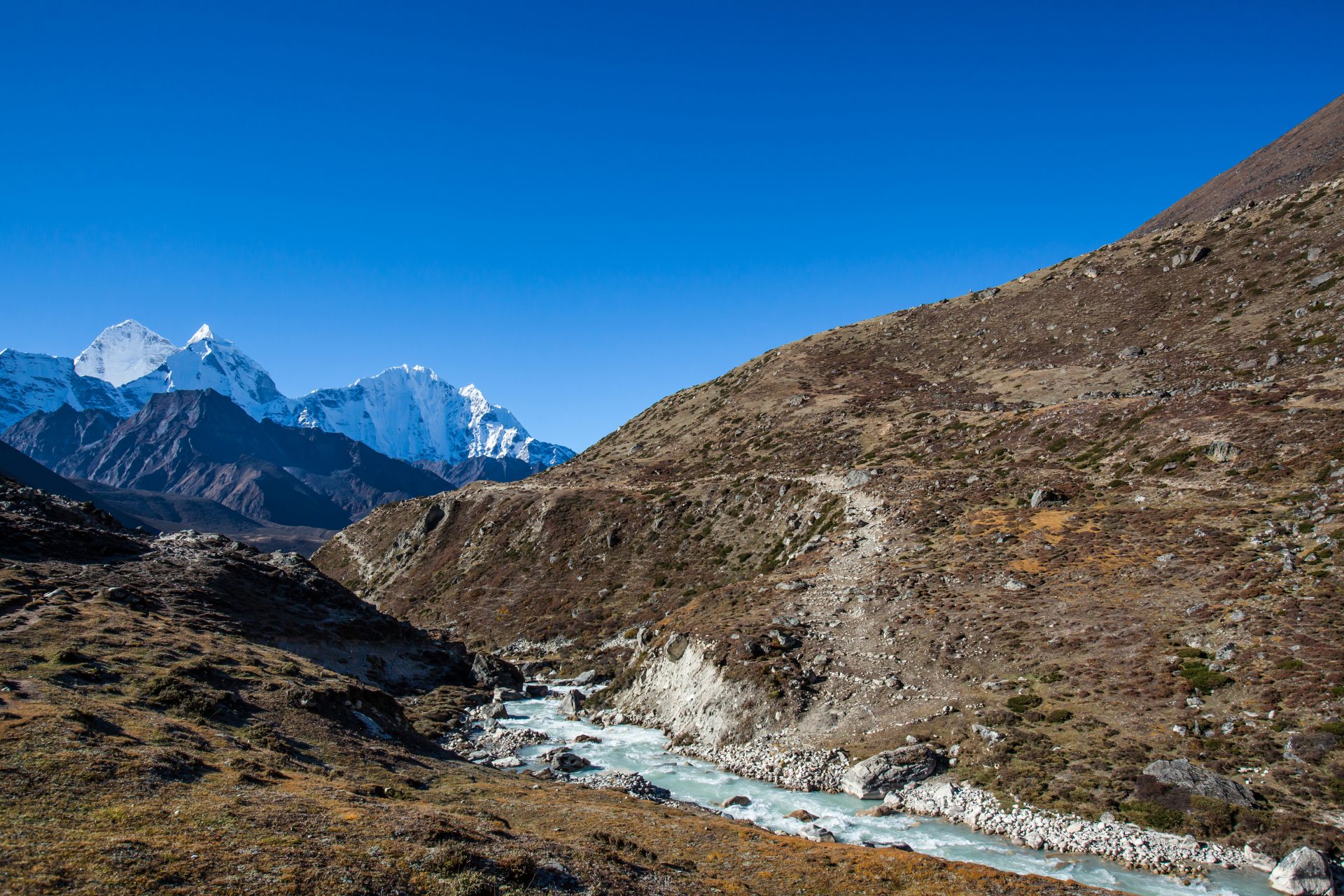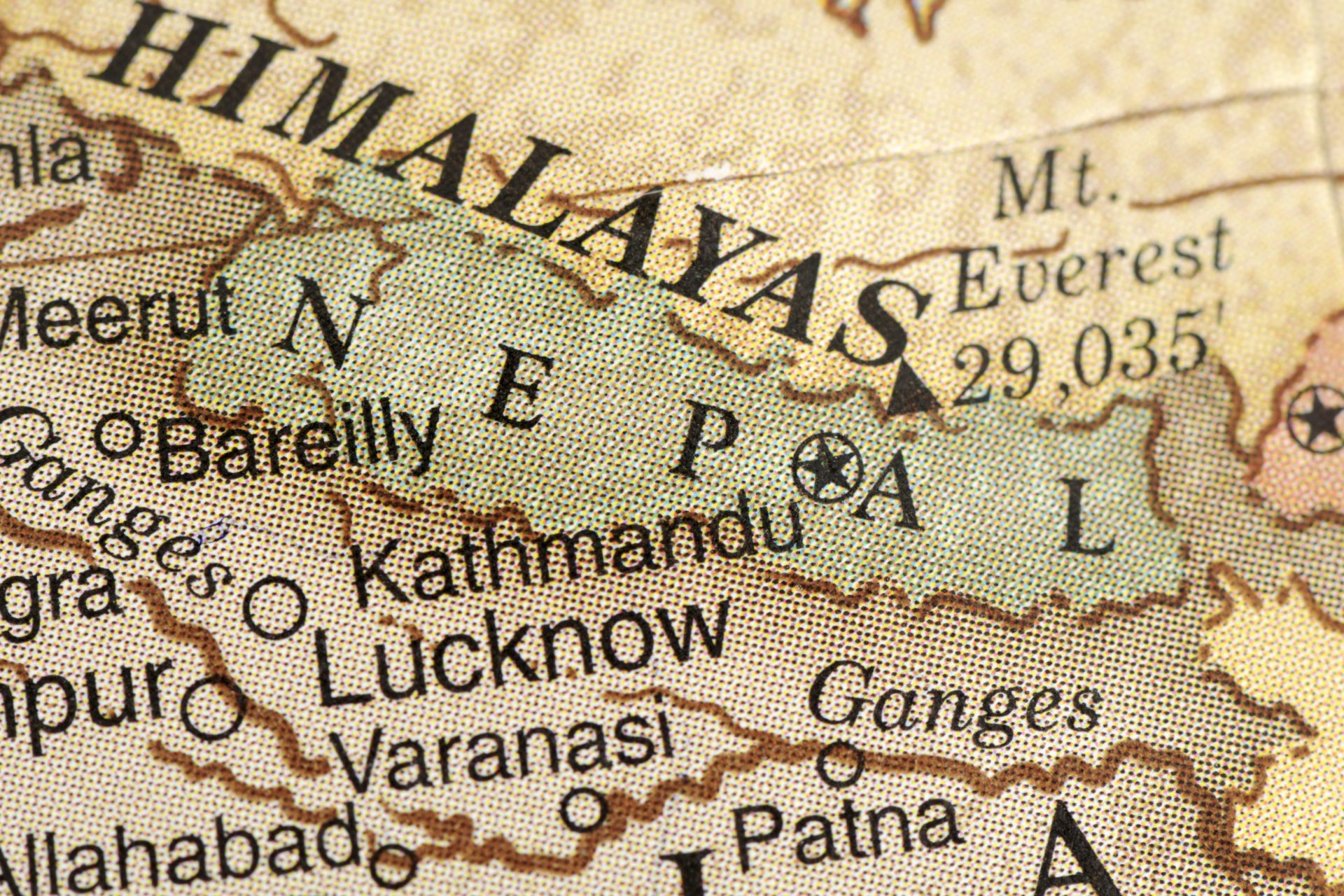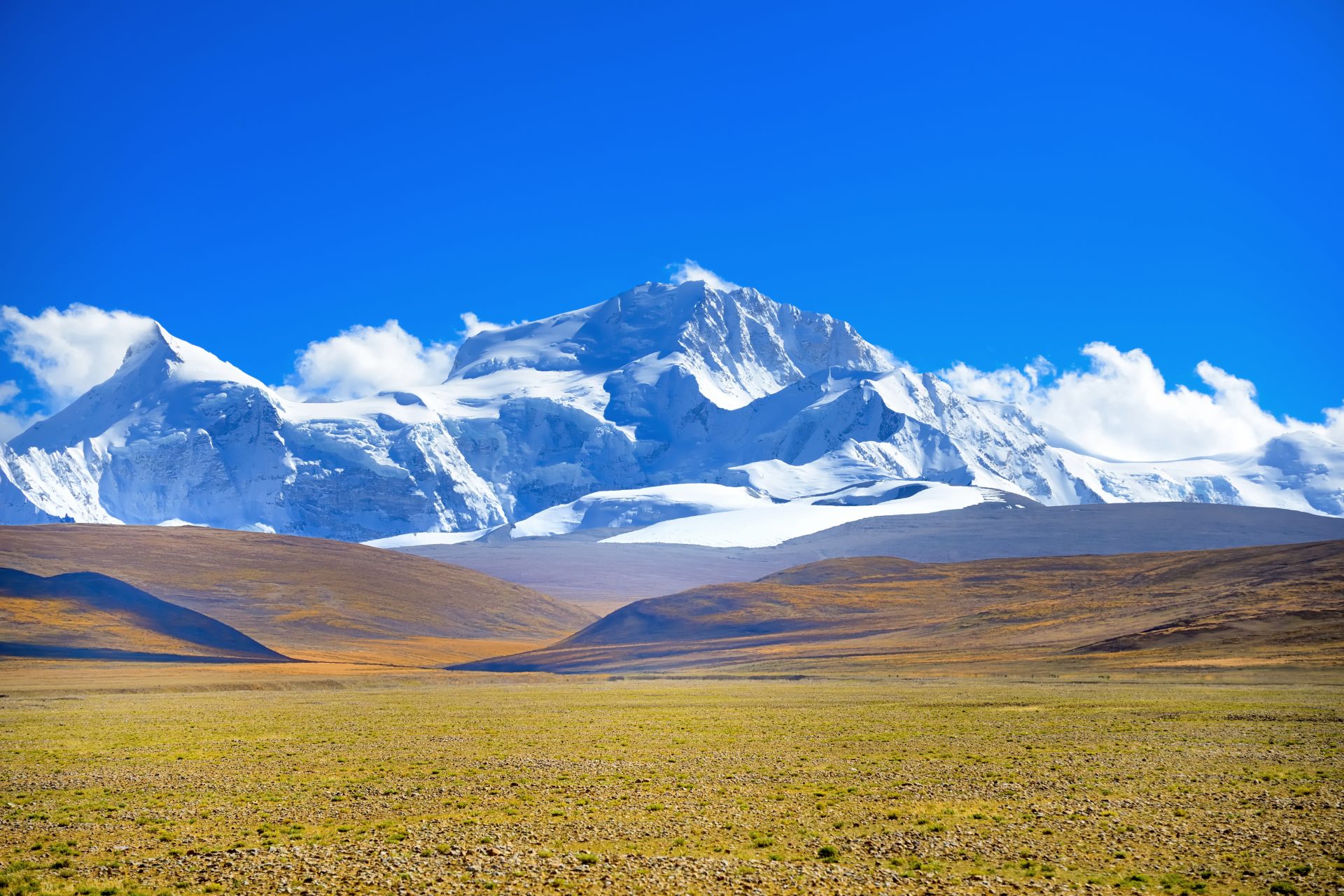Believe it or not, Mount Everest is getting taller
Mount Everest needs no introduction. At over 8,850 meters (29,035 feet), this Himalayan mountain is the tallest point on planet Earth.
Called Chomolungma in Tibetan, which means “Mother Goddess of the World”, Mount Everest not only holds a cultural and natural significance, but also keeps many mysteries.
The Smithsonian Magazine writes that, for almost ninety millennia, Mount Everest has only been getting taller and taller.
Not only that, but Mount Everest is getting taller than expected and scientists might have figured out the strange reason behind it.
The Smithsonian Magazine explains that the Everest’s secret lies in the merger of two nearby rivers. Although they usually cause erosion, removing rock from a mountain range, these might have caused the opposite effect on Earth’s crust.
The New York Times highlights that the river erosion allowed for the lightweight crust to float more easily above the underlying mantle, remaining buoyant. Scientists have compared this phenomenon as if the Himalayas stood on a bouncy castle.
“Although mountains may appear to stand still from the perspective of a human lifetime, they are in fact constantly in motion,” said Jin-Gen Dai, a geoscientist at the China University of Geosciences in Beijing, to The New York Times.
The New York Times explains that when the crust neither sinks nor rises, it’s called as being in ‘isostatic equilibrium’. That’s the ideal state for Everest, however, the presence of the river might have caused an imbalance favoring a slow but constant growth.
According to The Smithsonian Magazine, this phenomenon is called an ‘isostatic rebound’ and for 89,000 years it has been adding a couple of millimeters to Mount Everest.
The team behind the study has found some of the tallest mountains in the Himalayas, such as the Lhotse and the Makalu (pictured), can thank their astonishing height to a similar natural process.
However, The New York Times claims that the Everest and similar mountains won’t be growing forever, and the scale could tip the other way, making the tallest point on our planet slowly shorter and shorter.
More for you
Top Stories




